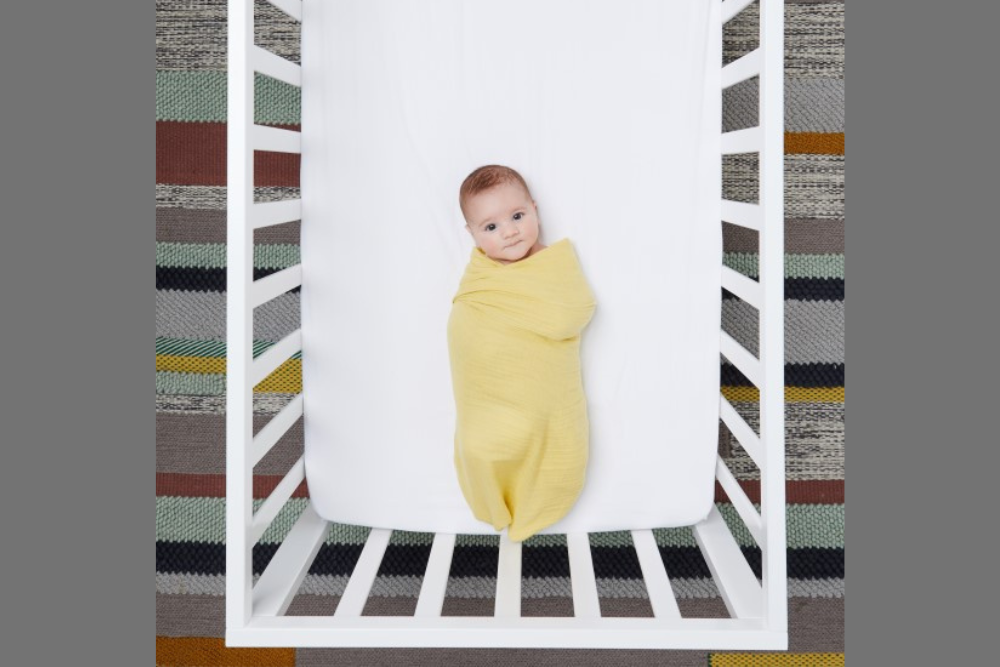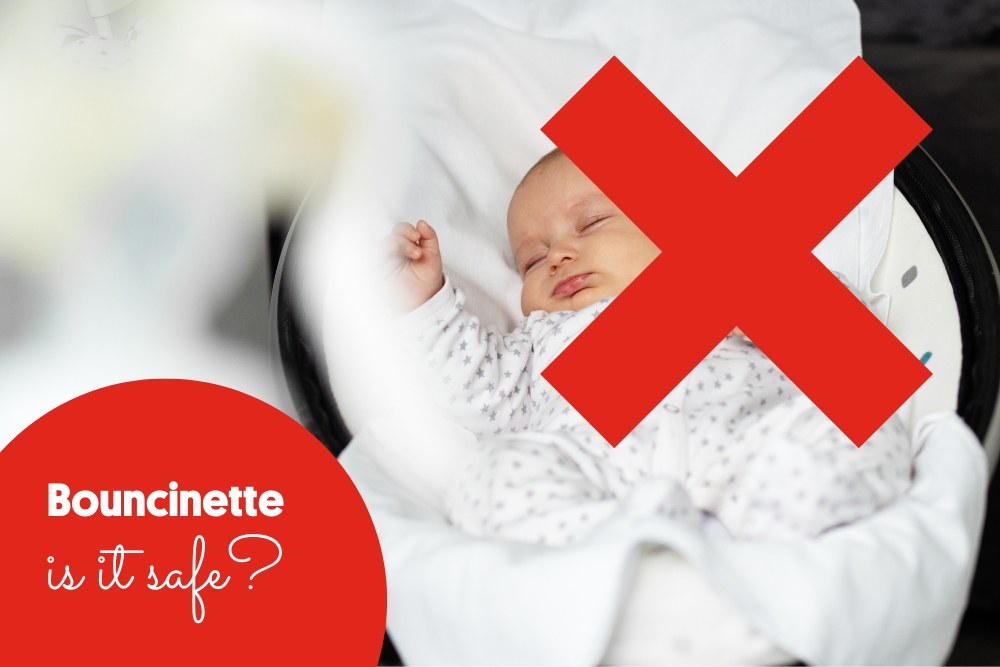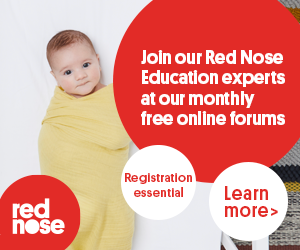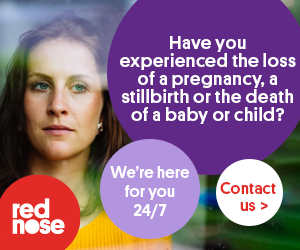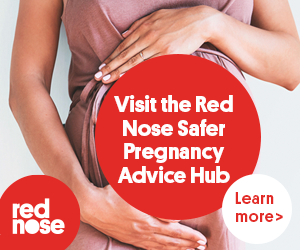From first-time parents to parents who are adding to their families, bringing a newborn home from the hospital brings a sense of excitement, relief and sometimes a little trepidation on how to safely sleep new bub at home.
Loren Rushton, National Education and Health Promotion Manager with Red Nose Australia recommends parents follow the Six Safe Sleep Recommendations for all babies 0-12 months.
These six evidence-based key steps help to reduce the risk of sudden infant death.
1) Always place baby on their back to sleep
Placing baby on their back to sleep helps to activate their protective reflexes to keep their airway clear. Back sleeping also reduces the risk of suffocation, overheating and choking.
2) Keep baby’s face and head uncovered
Babies control their temperature through their face and head, so keeping baby’s face and head uncovered during sleep helps reduce the risk of overheating. It also helps keep their airways clear which reduces the risk of suffocation.
3) Keep baby smoke free, before and after birth
Smoking during pregnancy and around baby once they are born increases the risk of sudden infant death – this includes second-hand smoke.
If you or your partner smoke, do not smoke around baby or where your baby spends time (including the house and car), and never smoke where baby sleeps. After smoking, to remove the smoke toxins, wash your hands and face, change your clothes or remove out layers.
For free help to quit smoking call Quitline on 13 78 48.
4) Safe sleeping environment, night and day
The safest place for baby to sleep is in their own safe space, with a safe mattress and safe bedding. Baby should always be placed on their back to sleep, with their feet at the bottom of the bassinet or cot.
Safe Cot
Meets Australian standard AS/NZS 2172:2003.
Safe mattress
Firm, flat, right size for your safe cot, meets voluntary Australian standard (AS/NZS 8811.1:2013).
Safe bedding
Lightweight bedding firmly tucked in and only pulled up to the chest. Review baby’s clothing and layering to avoid overheating.
Nothing other than your baby in the cot. No loose items, pillows, bumpers, doonas or toys.
Safe sleeping bag
Well fitted across the neck and chest, with baby’s arms out, and no hood.
5) Sleep baby in their own safe sleep space in the parent’s or caregiver’s room for the first 6 months
The safest place for babies to sleep is in their own safe space, in the same room as their parents or adult caregiver for the first 6 months.
6) Breastfeed baby*
Breastfeeding has been shown to reduce the risk of sudden infant death.
*If you are unable to breastfeed your baby, please don’t worry, just follow the other five guidelines.
And what about parents who are thinking of co-sleeping with their newborn?
Red Nose Australia recommends parents not to co-sleep with a newborn. However, if you do decide co-sleeping is right for your family, it is important for you to know the safest way to do it with therefore please read Red Nose’s tips for co-sleeping with baby.
The Red Nose Safe Sleep Advice for Parents and Carers is available between 9am and 5pm Monday to Friday (AEST) to support you to achieving the safest sleep environment for your baby.
Call 1300 998 698 or contact the Red Nose Education team at education@rednose.org.au


